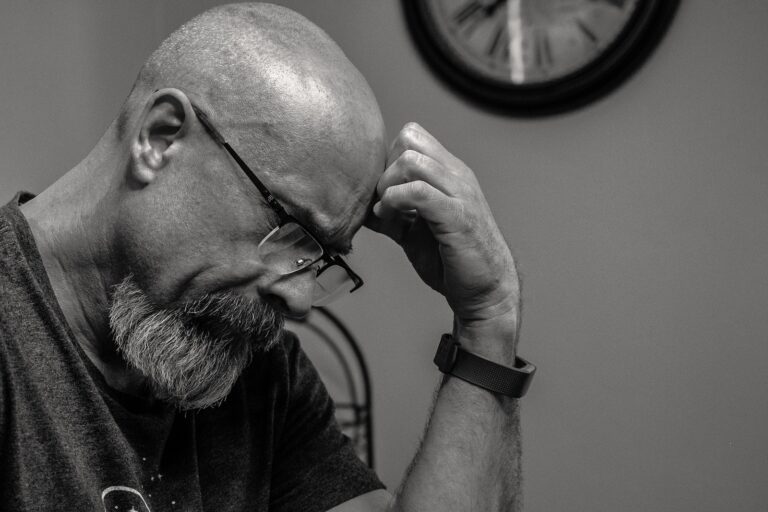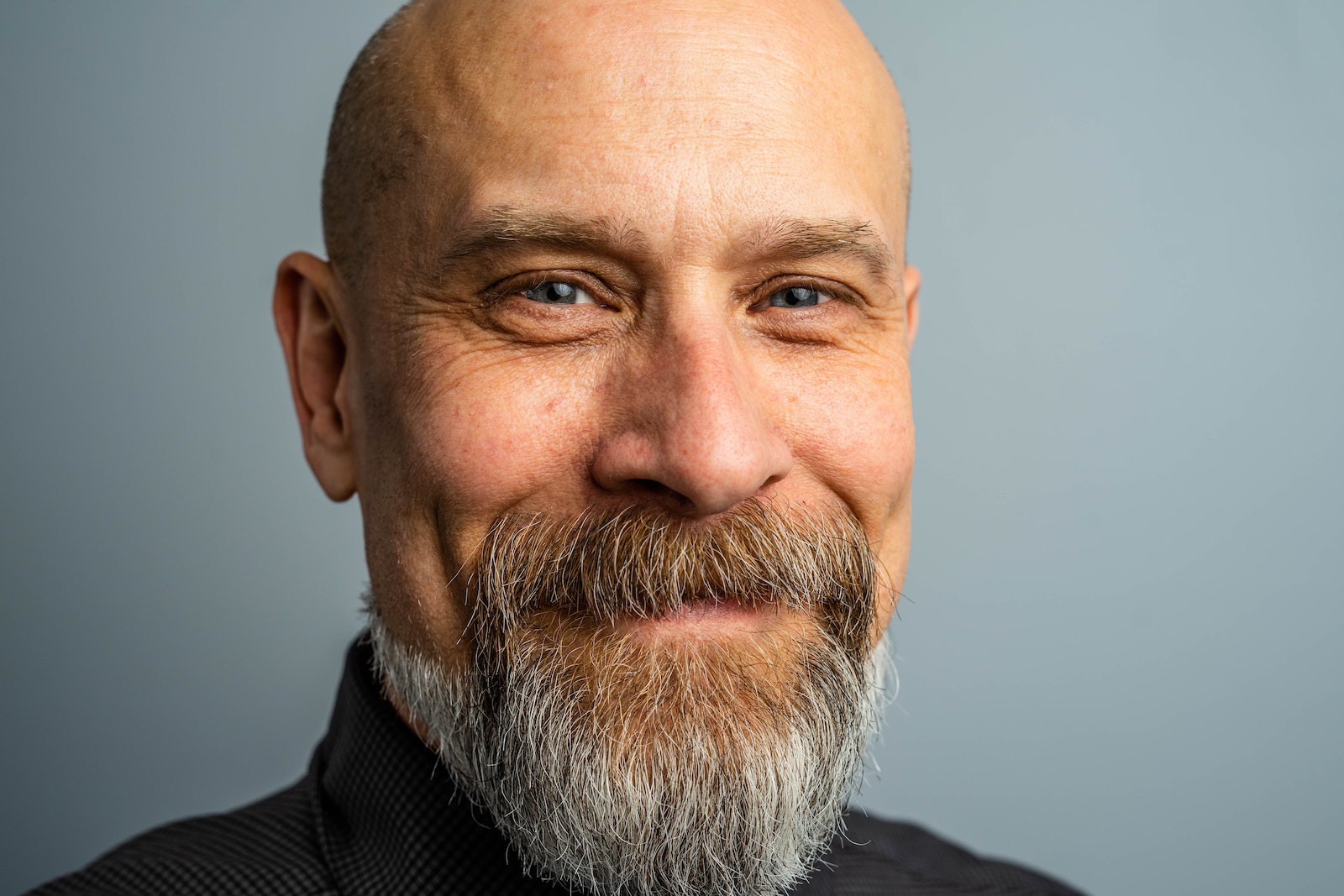Understand the different stages of Stages of Male Receding Hairline, from Norwood 1 (no hair loss) to Norwood 7 (severe hair loss).
The Norwood Scale is something every man should be aware of, as at some point in life, every man will face the problem of hair loss. Statistics show that by the age of 50, more than half of all men experience significant hair loss.
Although male pattern baldness affects the majority of men, the extent and causes of hair loss vary from individual to individual.
This led to the invention of the Norwood Scale, designed to measure and determine the stages of hair loss in men, enabling the selection of appropriate hair restoration treatments.
What is the Norwood Scale?
The Norwood Scale is used to classify and diagnose the stages of male-pattern or androgenetic alopecia (the most common form of hair loss in men).

Surgeons and physicians worldwide use this scale to diagnose the balding process on the scalp. The scale is straightforward to understand and adequately encompasses all stages of male hair loss.
The Norwood Scale is also referred to as the Hamilton-Norwood Scale. James Hamilton introduced the measurement scale in the 1950s. In 1975, Dr. O’Tar revisited Hamilton’s classification after studying hair loss conditions in 1,000 patients.
His research helped him develop a scheme that could describe each stage of hair loss in men. The scale was proposed for general use for the first time in 1975.
Today, hair restoration surgeons use the Hamilton-Norwood scale to determine the number of grafts required for hair transplantation.
The Norwood Scale divides male hair loss into 7 stages, each distinct by the area and severity of hair loss.
Norwood Scale: 7 Stages of Male Receding Hairline
Stage 1
The first step of the Norwood Scale describes a typical adult male hairline with minimal or no hair loss.
At this stage, there is no visible hair loss on the crown or any other part of the head. At most, there may be a slight hair thinning at the temples.
No treatment is required at this stage. If necessary, the patient might receive some advice or products to reduce hair thinning.
Stage 2
At this stage of the Norwood Scale, the patient’s hairline slightly recedes at the temples, but there is no noticeable thinning on the crown.
The second stage of hair loss is sometimes called the mature hairline. At this stage, patients might experience thinning hair on both sides of the head, and hair transplantation may not be necessary.
Simple hair care products might suffice at this stage.
Stage 3
At this stage, the hairline recedes further, forming an M-shaped pattern at the temples.
Some men experience hair loss at the crown. This stage is considered the beginning of baldness.
Hair transplantation is recommended at the third stage. For third stage hair transplantation, between 500 to 2,500 grafts are required, while for a third stage vertex hair transplantation, 3,000 grafts are needed.
Stage 4
The fourth stage of hair loss is a more pronounced version of the third stage.
At this stage, men lose a significant amount of hair at the temples and in the crown area. For some men, only the hairline thins at this stage, while the hair on the crown remains untouched.
Hair transplantation is recommended at this stage. Typically, at least 3,000 grafts are required for this.
Stage 5
The Norwood Scale at stage 5 is characterized by intense hair loss at the crown and temples. The hair between the two balding areas (crown and hairline) also becomes thinner. Some men don’t lose hair in the crown area, but the hairline recession is much more than at stage 4.
For hair transplantation at this stage, a minimum of 4,000 grafts is required.
Stage 6
At this stage of hair loss, there is extreme balding, and the strip of hair separating the balding crown and thinning hairline almost disappears. If there are no bald patches on the crown, the patient’s hairline now recedes almost to the back of the head.
Hair transplantation is inevitable at this stage, which requires 5,000 or more grafts.
Stage 7
This is the final and most advanced stage of hair loss, as described in the Norwood Scale. At this stage, there’s a strip of hair around the back of the head and on the sides. Other parts of the head are completely bald.
For patients at this stage, it might be too late for hair transplantation, although there have been a few cases of successful surgeries to restore full baldness. However, such treatment requires a real professional to avoid damaging the remaining healthy hair and not to pull it out too tightly. If there’s enough body hair, hair from the chest or beard can also be transplanted to the head.
 Can you move from stage 2 back to stage 1?
Can you move from stage 2 back to stage 1?
Hair loss typically progresses from one stage to another. However, if the hair loss was caused by other factors such as lifestyle, habits, or stress, positive changes might reverse the effects, bringing the grown hairline at stage 2 back to stage 1. Hair treatment products can also help improve their growth.
At what age does balding start in men?
There is no specific age for male baldness. It all depends on genetics. Some men might start in their 20s or during adolescence, while others might start in their 60s. Typically, men lose hair as they age.
However, statistics show that 60% of men suffer from significant hair loss between the ages of 35 and 40, as this is when the level of dihydrotestosterone begins to decrease. By the age of 50, 85% of men are balding.
Do all men reach the final stage?
No. The extent of hair loss depends on your genetics and the level of DHT (dihydrotestosterone). Some men are extremely prone to baldness and reach stage 7, regardless of hair loss treatment. Other men never reach stage 7 even without hair treatment.
Hair loss typically manifests around the age of 30. Thus, if you have the seventh stage of the Norwood scale, it will become noticeable by the age of 40. However, men are advised to undergo hair transplantation in the early stages of hair loss (stages 2-5 according to Norwood) to prevent irreversible hair loss.
 Why don’t some men go bald? Here are some reasons why some men don’t go bald:
Why don’t some men go bald? Here are some reasons why some men don’t go bald:
- Genes: Genes are the most critical factors determining when a man starts balding.
- Low DHT levels: Excessive levels of DHT are extremely harmful to the health of hair follicles.
- Healthy lifestyle: Doesn’t smoke, drink, or have other addictions.
- Proper nutrition that promotes the growth of healthy hair.
- Stress-free lifestyle: Stress can cause hair thinning or hair loss in both men and women.
At what stage is hair transplantation impossible?
Hair transplantation can be performed at any stage. However, patients at stage 7 are usually advised against hair transplantation because there usually isn’t enough donor hair for satisfactory coverage. However, there are known cases where patients with Norwood’s 7th stage were successfully operated on, typically using body hair.